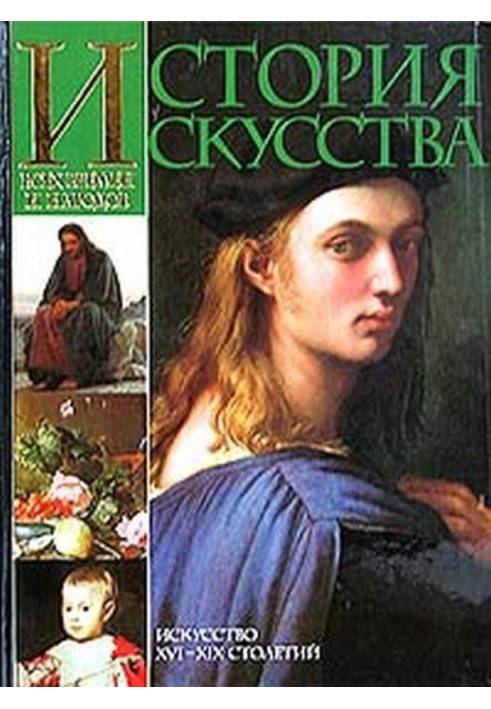History of art of all times and peoples. Volume 3
 Instant download
Instant download
after payment (24/7)
 Wide range of formats
Wide range of formats
(for all gadgets)
 Full book
Full book
(including for Apple and Android)
The proposed “History of Art of All Times and Peoples” by Karl Wörmann, a famous art critic and researcher-traveler, director of the Dresden Gallery (biographical information about Karl Wörmann), differs significantly from all other works of this kind. They usually examine the course of development of mainly the three most important artistic branches: architecture, sculpture and painting, while very little or even no space is given to applied art; the successive phases of the development of art are for the most part presented in a picture that does not embrace all of humanity, but only individual peoples who played a more or less prominent political or cultural role; more importance is attached mainly to the calculation and description of monuments of art, rather than to the definition the origin of their types and forms from one source or another, an explanation of their transition from one people to another and an indication of the interaction between national arts. Wörmann’s work aims to present the history of art as completely as possible, regardless of any philosophical system, to introduce reader with the development of artistic motifs themselves, to highlight their modifications during the transition from era to era, from people to people. In “The History of Art of All Times and Peoples” by K. Wörmann, the manifestations of artistic creativity among primitive tribes are systematically examined for the first time. This is precisely what the first volume is dedicated to, which contains an overview of artistic creativity among peoples from time immemorial to our era, and also examines the art of the population a number of Asian and African countries until the 19th century. n. e. Karl Wörmann himself wrote that special circumstances prompted him to take on such work. “On the one hand, for a long time I have felt a heartfelt desire to once again return to the art of the ancient world - to the area to which my first studies and publications related. On the other hand, I felt some inner need to finally, through the study of our collections on folk studies, put into flesh and blood the memories that had been preserved in me from previous travels to remote parts of the world and to the islands of the sea. The reader of this work, I hope, will clearly see that I had enough experience to check and assimilate the results of other people’s research, on which, of course, I had to rely.” It should be noted that since then While writing the essay in the vast areas that are discussed in it, new discoveries occurred that confirmed what was said in it, and also gave rise to new views on the past. However, this does not detract from the merits of K. Wörmann’s research, but only complements his conclusions and the author’s proposals. The second volume of this work is devoted to the history of the art of peoples from the time of the emergence of Christianity to the 16th century; the third volume presents the development of art from the 17th century to the second half of the 19th century. In “The History of Arts of All Times and Peoples” by K. Wörmann, strictly scientific accuracy is combined with accessibility of presentation. The work of K. Woerman is an excellent guide for people who want to expand their knowledge with information on the history of art; however, for anyone who would like to specifically study this subject, it can serve as a guide, thanks not only to its content, but also to the accompanying index of works related to different parts of the history of art. The value of this edition of the work of K. Wörmann is increased by the huge number of illustrations placed in it, which have a close connection with the text. The last third volume of “The History of Art of All Times and Peoples” by K. Wörmann, like all previous ones, stands out from other general works of this kind in two important features. It was written from beginning to end by one author, as a result of which it is distinguished by the unity of concept and execution, penetrating all sections and chapters. He also presents the history of art on the basis of widely studied material, illuminated from all points of view. The essay is an excellent guide for those wishing to expand their knowledge of art history. The publication contains a huge number of interesting photographs and drawings illustrating the educational text.
Data sheet
- Name of the Author
- Карл Вёрман
- Language
- Russian
- Translator
- В. Н. Ракинт
Дмитрий Власьевич Айналов
Михаил Александрович Энгельгардт
П. С. Раевский















